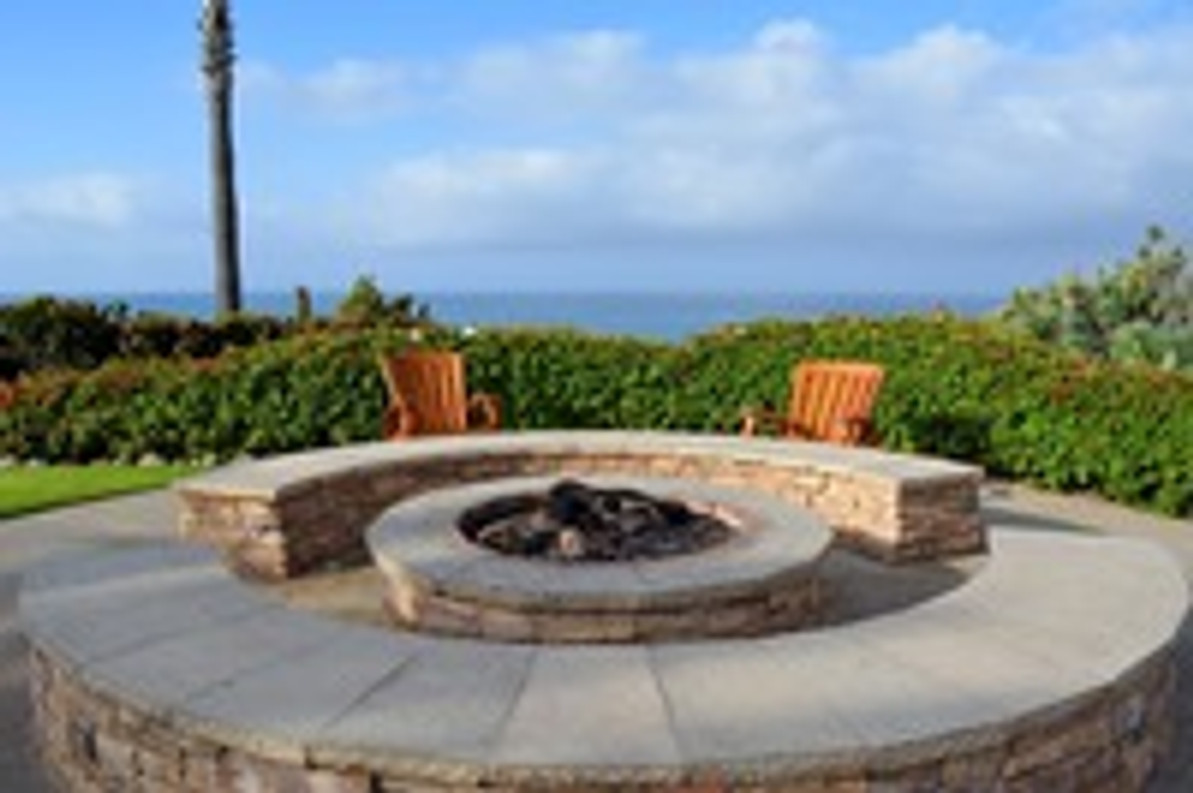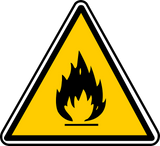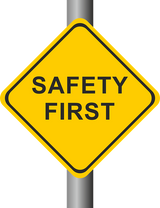Fire Pit Safety Tips

Fire pits have become a popular addition to residential patios, back yards, decks and other outdoor living spaces. They bring the warmth and relaxing atmosphere of a fire onto your property. As with any fire source, however, there's an inherit risk of bodily injury and property damage associated with fire pits. This is why it's important for homeowners to follow some basic safety measures when setting up and using a fire pit.
The 10-Foot Rule
When choosing a location for your fire pit, make sure it's at least 10 feet away from your home or any other structure. This will provide you with a buffer zone, reducing the risk of a structure fire. Placing your fire pit any closer to your home may start a fire, as stray embers can carry onto the roof while posing a serious risk for fires. The bottom line is that you need at least 10 feet between your fire pit and house.
Watch What You Burn
Don't assume that leaves, pine straw and other backyard debris are suitable for burning in a fire pit. Ideally, you should only burn firewood in your fire pit. When debris is burned, it can produce excessive smoke while also increasing the risk of an accidental fire.
Keep Water Nearby
The golden rule of starting any fire, including those in a fire pit, is to keep water nearby. Whether it's a garden hose or water bucket, H2O is paramount for fire safety. Hopefully, you never need to use it, but if your fire grows out of control and/or ignites something that it shouldn't, you can extinguish it using the water.
Check the Laws
Of course, you should also check your local laws regarding property fires. Some places have strict laws preventing homeowners from creating fires without a permit. Others, however, are more lenient with few-to-no restrictions.
Ash Disposal
Ashes often remain hot enough to ignite certain material for up to 12 hours, sometimes even longer. So even if your fire pit has been out for a while, you should use caution when disposing of the ashes. Fire pit ashes should only be disposed of in a metal container, or buried somewhere in the ground. After which, you should sprinkle a small amount of water of them to fully extinguish any hot embers.
Recent Posts
-
Fire Safety in the Workplace: What You Need to Know
What steps are you taking to prevent fires in your workplace? According to the U.S. Occupational Saf …Aug 23rd 2023 -
Is It Safe to Go Jogging With a Cold Infection?
If you're suffering from a cold infection, you might be wondering whether it's safe to go jogging. T …Aug 22nd 2023 -
5 Safety Tips to Follow When Using a Powder-Actuated Tool
Powder-actuated tools are commonly used to join materials to steel and concrete. Also known as Hilti …Aug 20th 2023




